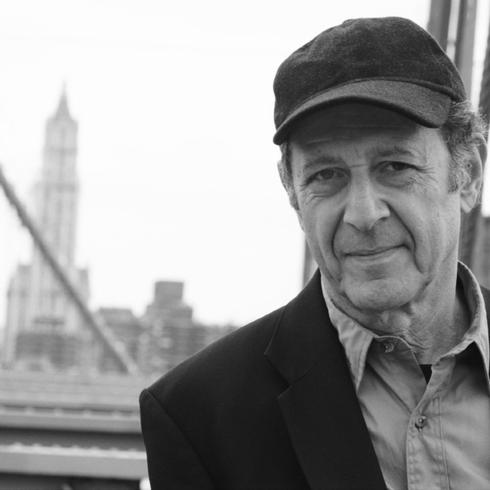Quartet, was written for Colin Currie, is doser in mood to Mallet Quartet than Sextet. The quartet of two pianos and two vibraphones has played a central role in Reich's work, appearing in pieces since the early 1980s, yet this is the first time he has written for the four instruments alone.
The soundworld is therefore familiar Reich, and so are many of the techniques. Again it uses the fast-slowfast structure ; the music is full of Clapping Music-type rhythms ; and many of the textures are built from layers and canons. What is new is the pace of change : the canons are much shorter (at the start of the piece only a few notes long) and the harmonie changes come more frequently. And instead of dividing into melody and accompaniment, as in Mallet Quartet, the instruments play much more with different pairings among themselves. Just like a classical string quartet the ensemble is completely balanced, with no instrument coming to the fore, echoing Reich's suggestion that this is his classic line-up.
Steve Reich
Quartet, when mentioned in the context of concert music, is generally assumed to mean string quartet. In my case, the quartet that has played a central role in many of my pieces (besides the string quartet) is that of two pianos and two percussion. It appears like that or in expanded form with more pianos or more percussion in The Desert Music, Sextet, Three Movements, The Four Sections, The Cave, Dance Patterns, Three Tales, You Are (Variations), Variations for Vibes, Pianos and Strings, Daniel Variations, Double Sextet, and Radio Rewrite. In Quartet, there is just this group alone: two vibes and two pianos.
The piece is one of the more complex I have composed. It frequently changes key and often breaks off continuity to pause or take up new material. Though the parts are not unduly difficult, it calls for a high level of ensemble virtuosity.
The form is one familiar throughout history: fast, slow, fast, played without pause. The slow movement introduces harmonies not usually found in my music.
The piece is dedicated to Colin Currie, a percussionist who has broken the mold by maintaining his solo career with orchestras and recitals and also, quite amazingly, by founding the Colin Currie Group which plays whatever ensemble music he believes in. I salute him and hope others will take note.


